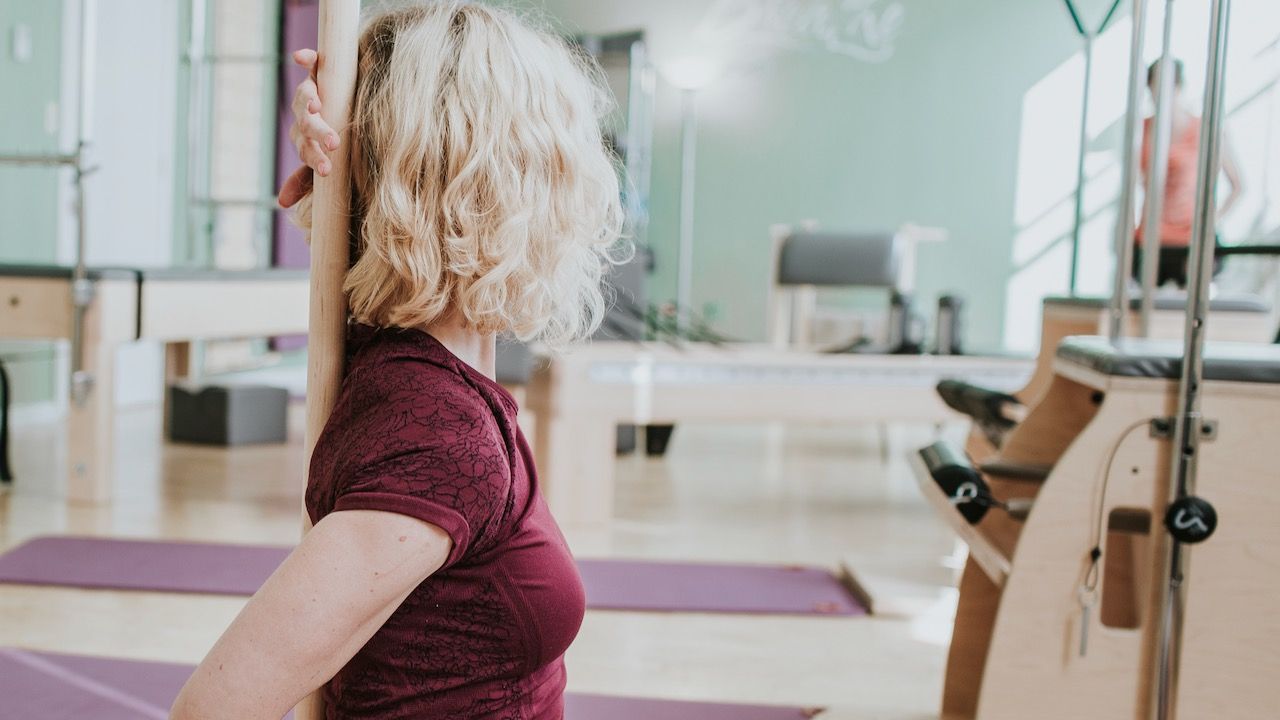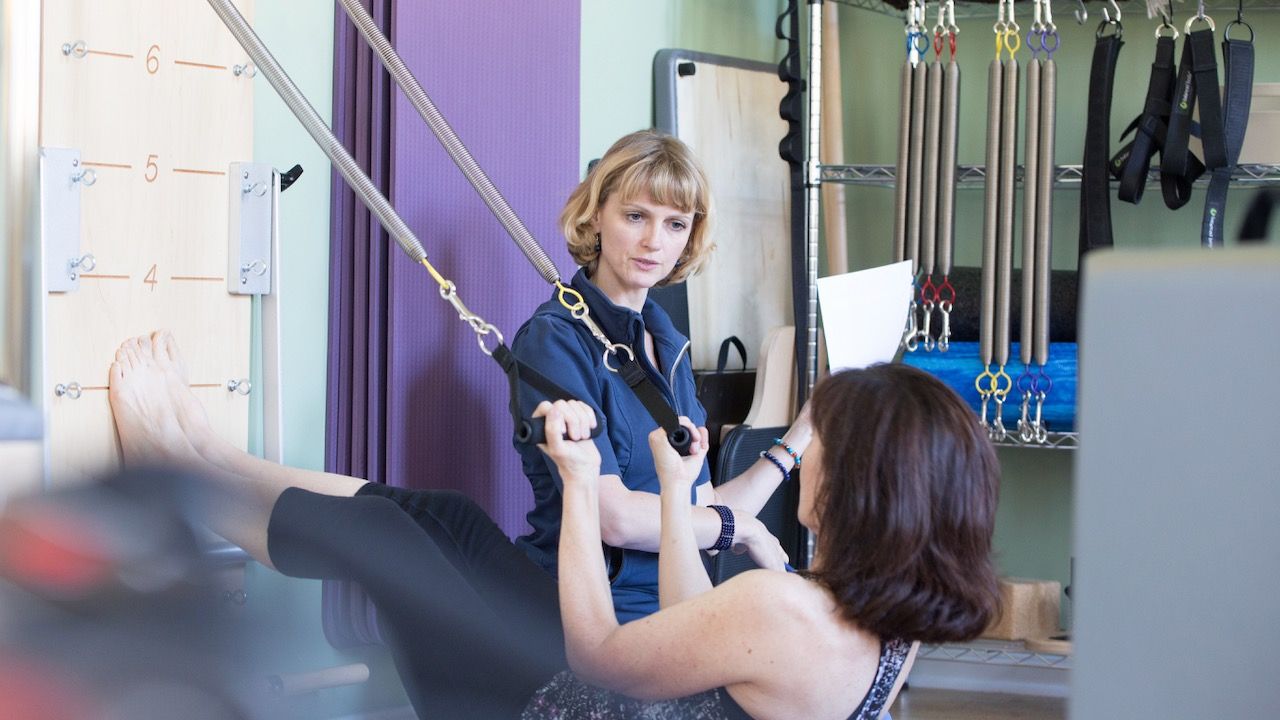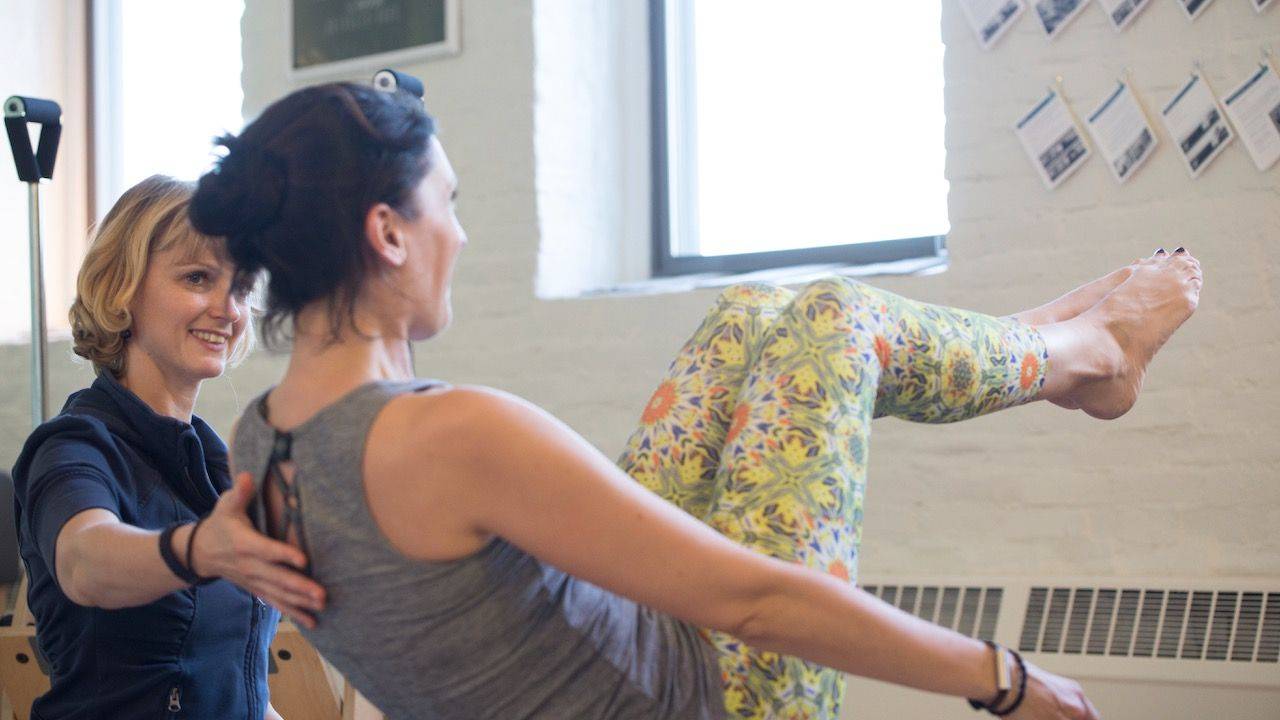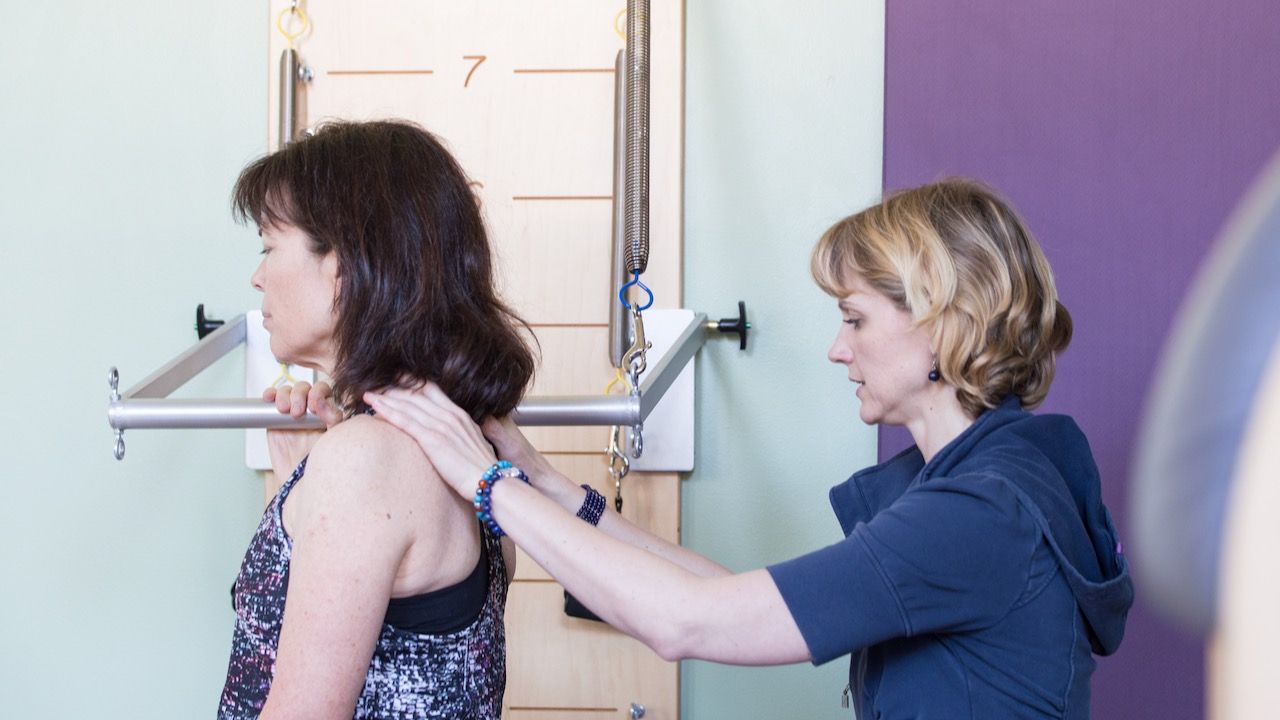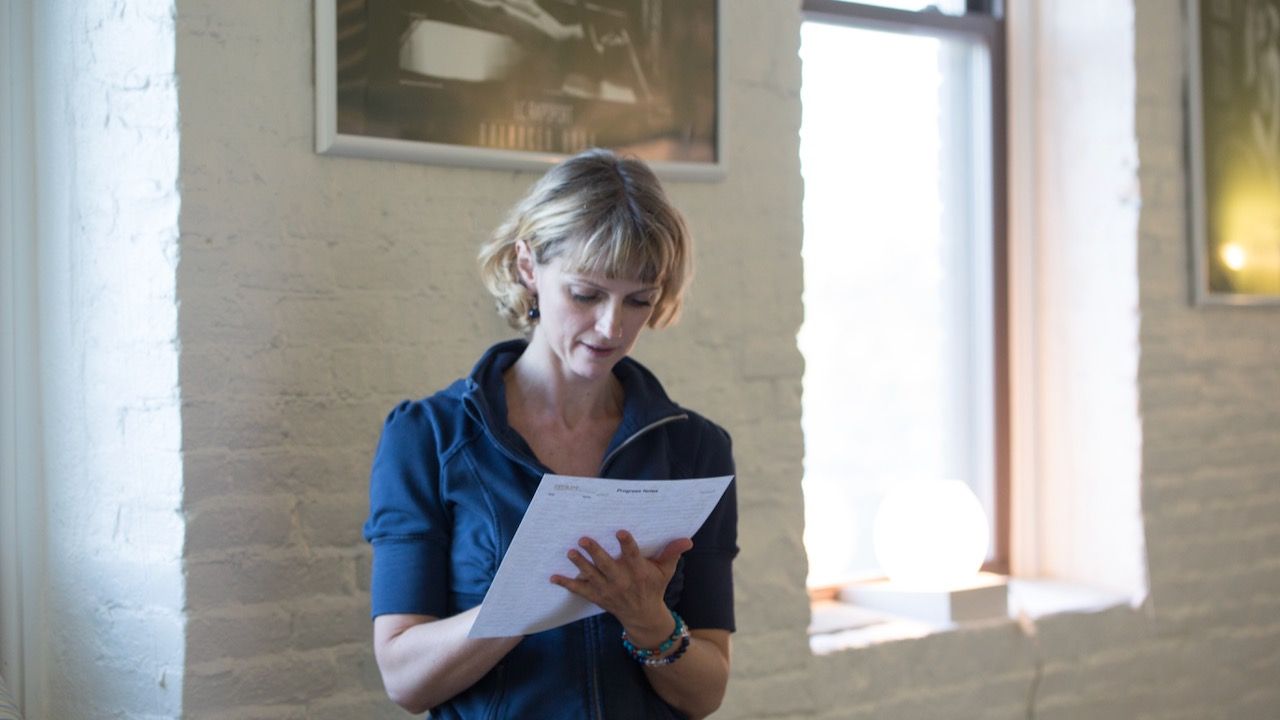
How to Relieve Tension in Neck and Shoulders
Sep 02, 2020The most common complaint from people I'm working with is that their shoulders are extremely tense. There are many reasons for this. For example:
- Rounding the shoulders while working at a computer
- Bad posture while standing, walking, exercising, driving
- Nervousness and anxiety perhaps from a stressful job, bad news, or high levels of responsibility
Remember: the brain-body connection means that any thought you're thinking results in a physical manifestation in the body. Tense thoughts = tense body. (Not a good tagline for your life!)
Specifically, we're talking about the upper fibers of the trapezius muscle. You know, the one that can feel like a rock. (Ouch!) This also limits your ability to take a deep breath and throws off your shoulder mechanics. If you usually do your Pilates practice at the end of the day, your shoulder blades might sit much higher and wider on your back and your humeral heads much more forward than they should be, which puts your shoulder joint at risk when you flow through your Leg Pulls, Push-Ups, and Hanging Pull-ups.
The funny thing is that we have become so used to this tension, that we're not aware of it anymore. We have lost the ability to shake the tension off before it starts to really bother us.
Try this super-easy awareness exercise to drop tension from your shoulders. This is also a fantastic homework exercise to give your students. It's about breaking the pattern that leads to tension. All it takes is to remind yourself several times throughout the day to release the tension. Soon it will have become second nature, leading to less build-up and more relaxed shoulders 24/7.
Additionally, this Standing Roll Down will stretch all your back muscles, hamstrings, glutes, and calves. It brings length into the complete backside of your body.
How To Do The Standing Roll Down To Relieve Shoulder Tension
- Inhale to prepare.
- On the exhalation, nod your chin and roll your spine down as far as you're comfortable. If you feel a twinge in your back, stop before the pain kicks in. Any bracing of your muscles will achieve the opposite, more tightness.
- Don't try to reach your toes. This will only engage and tighten the muscle you're trying to release. Bend your knees a bit, to take the tension out of your legs and spine.
- No zombie arms. Shake and dangle your arms.
- Stay down as long as you're comfortable. Allow (don't pull) the shoulders to fall down to your ears.
- Inhale to prepare, and exhale begin to roll up by dropping your tailbone down towards your heels. Scoop your abdominals, to keep your spine long and protected.
- No shoulder rolls at the end. When you finish the roll-up, don't do anything extra. I see a lot of people roll their shoulders up (!) and back. Why? Just let them fall down (don't pull), away from your ears.
- Less is more. Stop it with the tension, already. :)
Did that make your shoulders feel better? Good, now make sure that you don't allow the tension to accumulate again. Before you sit down at your desk, or when you're done with computer work for the day, do one of these standing roll downs to release the tension from your neck and shoulders, so you can enjoy the rest of your day or evening.
Inside the Pilates Encyclopedia membership, we have a whole chapter called “Pilates Protocols” in which we list appropriate exercises for injuries and pathologies. We also have the list of exercises that help relax your shoulders.
Get support with your day-to-day teaching challenges
Ready to Teach Pilates with Clarity and Confidence?
Sign up to receive my weekly email newsletter. It's jam-packed with Pilates articles, videos, exercise tutorials and teaching tips.
Only super valuable stuff here. No spam ever. Unsubscribe any time.









